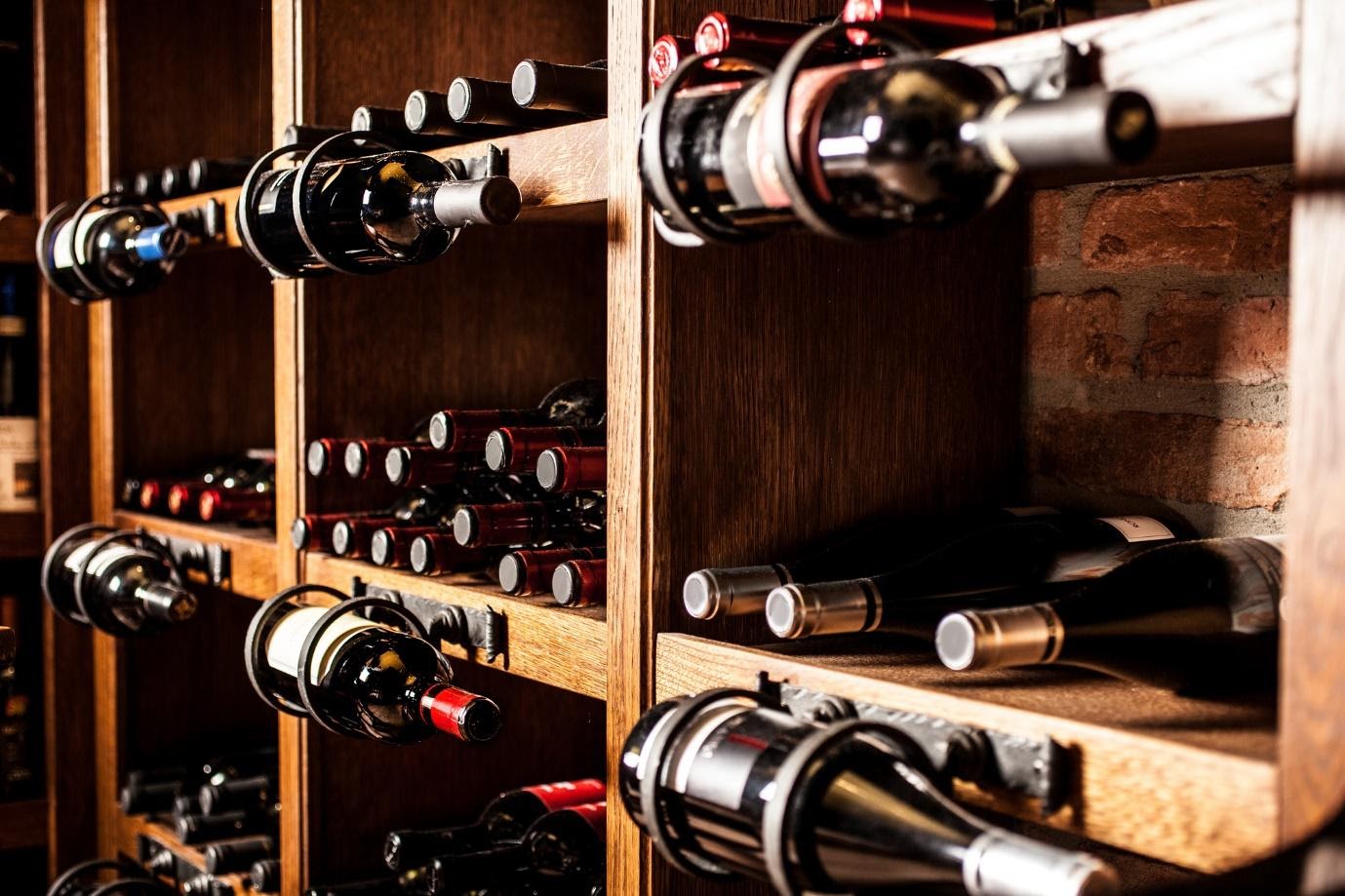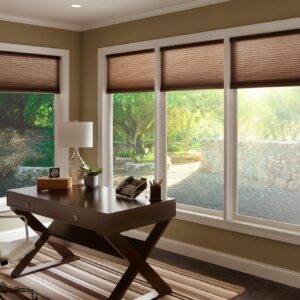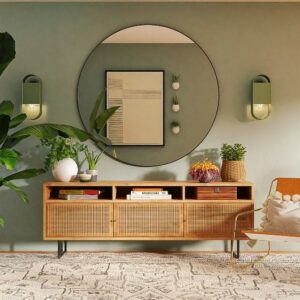You might have this dream of a beautiful wine cellar, where shiny bottles of wine live, waiting for the right occasion to open one.
Not only is it a great place to stash your precious wine, but it can truly add to your home value if you even think about selling the place.
That’s all good until you find out that your wine has aged prematurely because you didn’t properly store and cool your cellar. We know how heartbreaking that would be. Thankfully, it doesn’t have to be this way.
If you’re unfamiliar with the steps you need to create the proper wine cellar cooling space, no worries. You’ve come to the right place.
Keep on reading for our full breakdown of everything you should know about properly cooling your wine cellar. This way, warm wine will be nothing but a nightmare of the past.
Wine Cellar Cooling: Why Even Bother?
Let’s start with the basics, and which is why you should even bother going for the right wine cellar cooler apparatus.
In the simplest of terms, you might think that your basement is cool and ready to store your wine. Yet, the problem with leaving your basement with no regulated temperature through the use of a cooler is the same thing as leaving your wine’s longevity to fate and the weather currents.
Even if you live in a place where the temperatures are constantly cold, there’s nowhere on earth that has the same exact range of temperatures every single day for the rest of eternity.
The whole reason behind the creation of wine cellar coolers is their ability to keep the temperature constant.
Interestingly enough, it’s not about how cool your cellar can get. What’s more important is for your wine bottles to be kept in a space with concrete temperatures that don’t fluctuate.
After all, your wine will need time to rest and settle to properly mature. You’ll need an environment that’s free of humidity, vibrations, sunlight, and fluctuating temperatures for your wine to reach its full potential.
In short, you need a high-quality wine cellar cooler, like those made by https://www.schneidermechanical.com/.
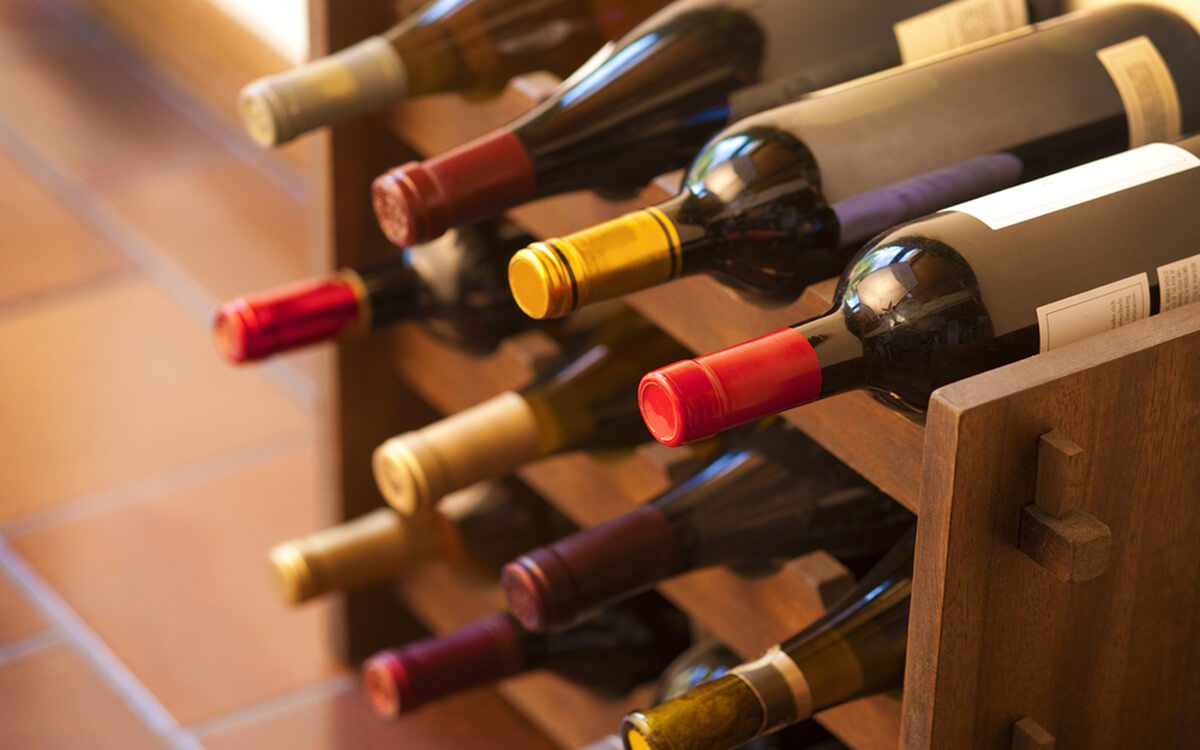
Why Coolers Work so Well for Wine Preservation
As we’ve previously discussed, in order to preserve your wine and have it age gracefully, you’ll need to worry about two factors: temperature and humidity.
After all, a cellar or a basement is already far away from any direct sunlight. And, as long as your home isn’t built right next to a train track, you don’t have to worry about vibrations, either.
You’ll find that the majority of wine experts will ask you to keep your wine at a constant temperature, between 55 and 57 degrees Fahrenheit.
Once you’ve selected your preferred temperature, the cooler will be responsible for keeping that temperature constant. Basically, your wine cellar cooler will ensure that your wine bottles don’t go through any external stress.
The Ideal Wine Storage Conditions
So, you’ve got your wine cellar cooler ready. You’re going to need to hit those factors to keep your wine bottles happy and aging properly.
We’ve previously said that the ambient temperature should be around 55ºF to 57°F or 12°C to 14°C. More than keeping this temperature constant, you’ll want to keep an eye out for any variations in temperature.
You can have no more than 5ºF in your cellar’s temperature, specifically, all year round.
As for the humidity, you’ll want to keep a range of relative humidity from 55% to 70% and no more.
Let’s take them one factor at a time.
Temperature and Vibration
The reason behind the subterranean location of both a basement and a cellar is making use of the naturally occurring lower temperatures.
That’s why you’ll find that your basement is a popular option for you to convert into a wine cellar.
You’ll want to strategically place your wines firmly against the walls and off the floor, especially if the ground tends to be damp.
In addition to keeping your stack of wine bottles away from any heat sources, like a boiler, a furnace, or even water-heaters, you’ll also want to keep them away from any outside windows.
A boiler or a water furnace can cause vibrations that would negatively affect the long-term quality of your wine. Vibrations, after all, have the ability to change the actual chemistry of your wine, all of which can mess up the wine’s unique flavor, aroma, and overall quality.
Light Limitations
Of course, we’re not expecting you to flail around in the dark whenever you’re picking up something from the cellar.
You’ll want to use lighting with low wattage, so the light won’t send off too much heat.
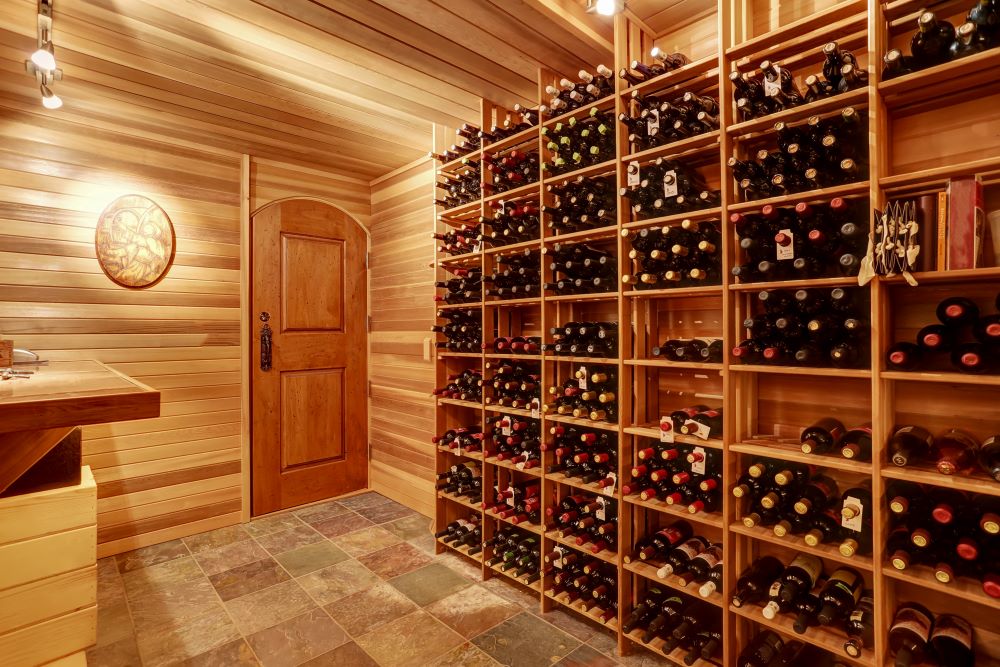
Humidity Conditions
If the humidity gets to be too much, you’ll start dealing with unpleasant surprises like peeling labels and mold growth. In severe cases, the mildew can even affect your wine racks themselves.
On the other end of the spectrum, if you’re dealing with too little humidity, you might face drying corks, which can prematurely age your wine. It can also expose your wine to bacteria and other potential contaminants.
That’s why you’ll find us always recommending a humidifier or a dehumidifier, depending on your regional weather and needs.
Ready For Setting Up the Perfect Wine Cellar?
We understand how overwhelming it truly can be to have an image of what your perfect wine cellar would look like, but fail miserably at turning your dream into reality.
Hopefully, our little guide has shed some necessary light on the importance of wine cellar cooling and how it can deeply affect your wine’s quality and longevity.
When in doubt, remember to do your own research regarding your ambient temperatures, and you might even consider bringing in the expertise of a wine professional if you’re truly worried.
As long as you have a high-quality wine cellar cooler on hand, as well as a humidifier (or dehumidifier), you’re good to go.
Overall, we hope you enjoyed our article. If you’d like to read more, make sure to check out our lifestyle section for all the wining and dining advice you could possibly need.
